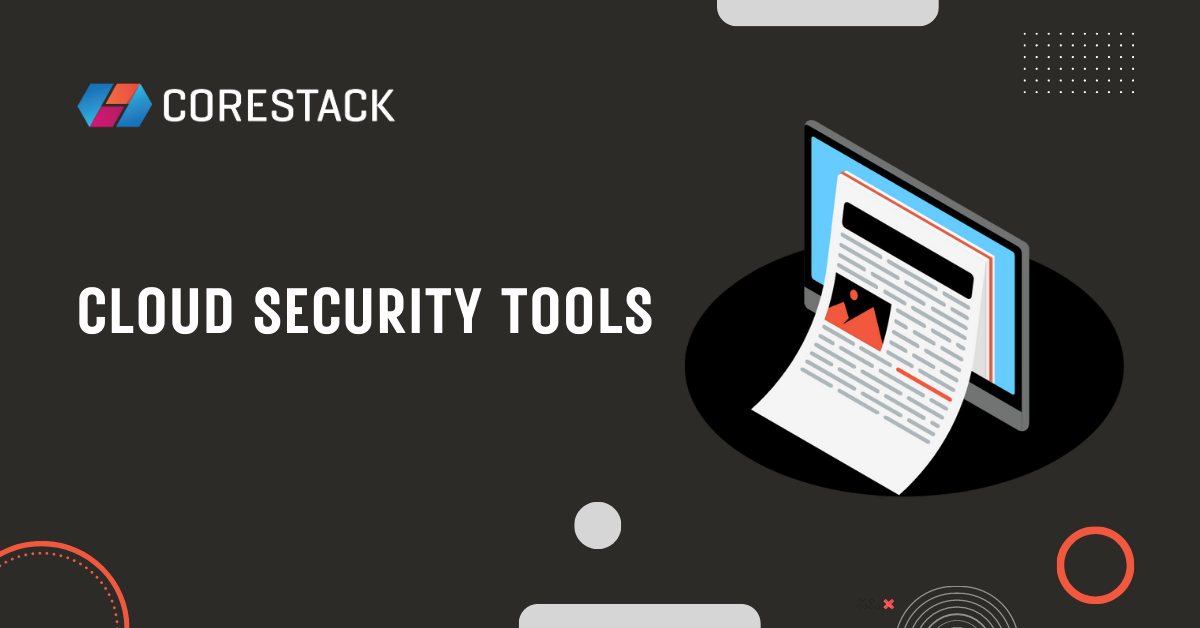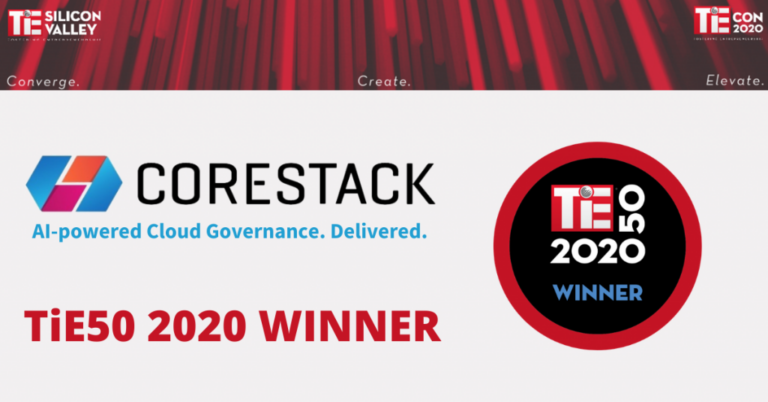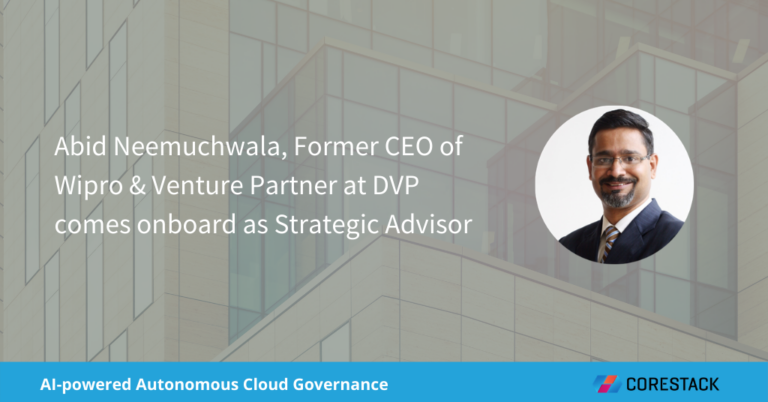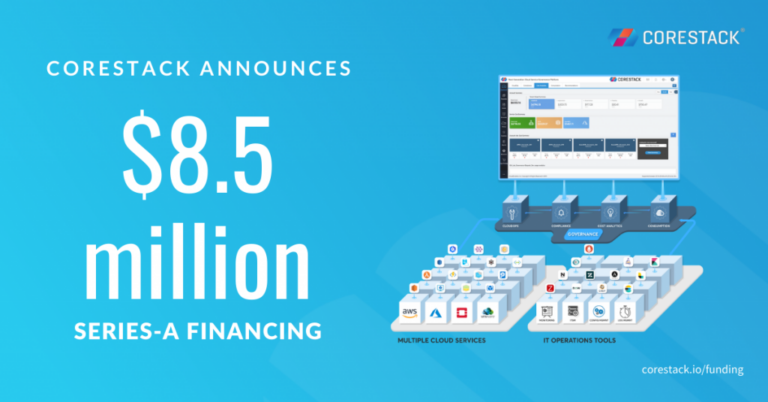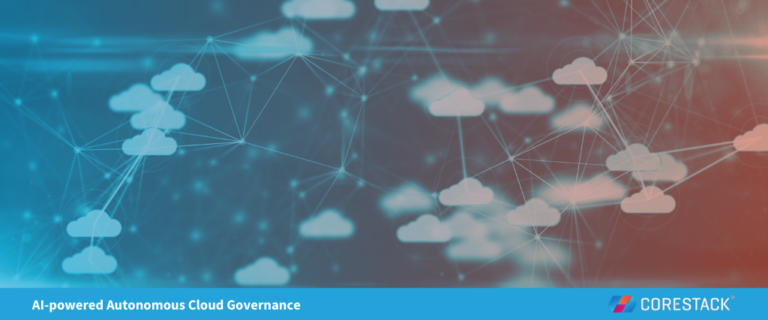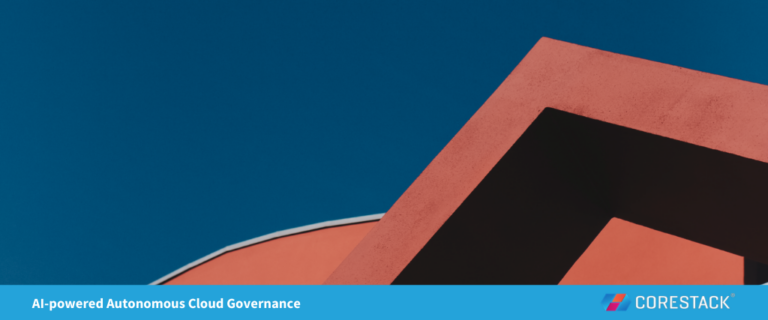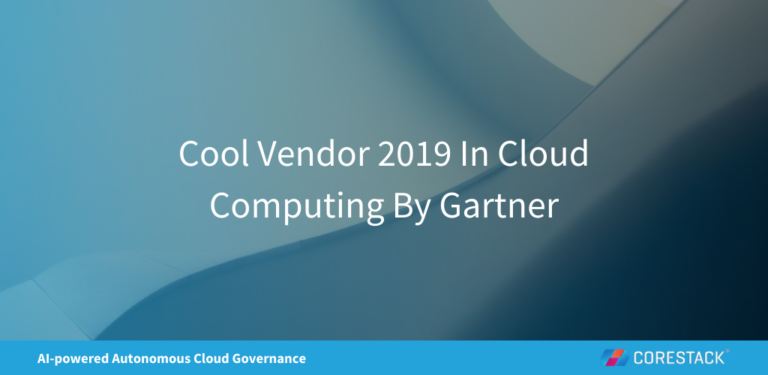Cloud Security Tools
Cloud adoption is increasing rapidly, with the overall cloud computing industry expected to become a $1.5 trillion market by 2030, based on the latest reports. Along with benefits like increased speed and agility, cloud computing also brings with it new risks that must be mitigated, like increased chances of misconfigurations and a broader attack surface.
While chief information security officers (CISOs) are investing in cloud security tools to help reduce these risks and gain visibility into their new environments, it’s essential to choose the correct tools to receive a proper return on investment. Cloud computing can be implemented in various ways, with each approach having its own security risks. For example, infrastructure as a service is an entirely different environment to secure than a fully serverless application in which most of the security burden will be borne by the provider.
In this article, we will go over the types of cloud security tools that exist and the benefits that customers can realize by implementing them correctly. We will look at the key features of the current tools and what risks can be mitigated. Finally, we will look at the next generation of cloud security tooling and how effective cloud governance is more than just security controls and encompasses other considerations, like operational efficiency, cost, compliance, and reliability.
Summary of cloud security tools key concepts
The following concepts will be explored in the subsequent sections of this article.
| Cloud security | Cloud security encompasses all tools, processes, and governance frameworks responsible for the security of a cloud ecosystem. |
| How cloud security differs from on-premises security | Cloud security places a heavy emphasis on speed, automation, and the balancing of responsibilities shared between the provider and customer. |
| Cloud security tools | These tools are applications and services used to secure cloud environments and mitigate risks like compliance issues, data leakage, and misconfiguration. They include security posture management tools, threat detection systems, cloud access security brokers (CASBs), workload protection platforms, and cloud inventory management products. |
| Avoiding pitfalls in implementing cloud security | It’s important to beware of making mistakes such as using on-premises tooling on the cloud, trying to save money in ways that are not effective, not getting full visibility, trying to make the tool a “silver bullet,” or generating too many findings. |
| The future of cloud security tools | Cloud security tools continue to evolve. To ensure future success, cloud resources must be governed and optimized from both a performance and cost perspective. |
How cloud security differs from on-premises security
Before we look at cloud security tools and how they can mitigate risks in cloud computing, let us look at a few ways that cloud security differs from on-premises security:
- Speed: Due to the nature of the cloud, security controls can operate much faster than on-premises. The cloud exposes most of its services via APIs, enabling the quicker implementation of security controls. Native and commercial cloud security tools can simply “plug in” and start giving immediate environment visibility to cybersecurity teams.
- Automation: Another benefit of cloud security environments is the level of automation they can bring. Security issues can be auto-remediated, and incident responses can be automated as well, significantly reducing the time between detection and remediation.
- Shared responsibility: The cloud operates on a shared responsibility model in which the cloud provider and the customer share responsibility for securing the environment. The cloud provider is responsible for securing the underlying infrastructure while the customer has to ensure that cloud services and workloads are configured securely. The level of responsibility of the cloud provider depends on what cloud model is being used. For example, in a fully managed model, the cloud provider will handle everything, including operating system, platform, and network security, while the customer will need to ensure the security of the code that is written.
The cloud security tools ecosystem
Cloud security tools come in various shapes and sizes. At a broad level, they can be broken down into the categories below.
Security posture management
As mentioned earlier, misconfigurations are a severe threat to the cloud, with CISOs often struggling to gain visibility into where their cloud environments stand when it comes to compliance with best practices and benchmarks like CIS, PCI DSS, etc. A cloud security posture management (CSPM) product is a native or third-party tool that plugs into a cloud environment and gives visibility into the current security posture and the key risks that need to be mitigated. It can also enable auto-remediation of critical issues.
Key features of security posture management tools:
- A library of policy controls for benchmarking
- Ability to create custom policies and controls
- Ability to set the risk level of custom controls
- Continuous assessment of single or multiple cloud environments
- Integration with service desk tools for ticket creation
- Ability to auto-remediate findings
Threat detection
A busy cloud environment can have potentially millions of events happening at any given point in time, which makes manual response impractical. By harnessing the power of machine learning, cloud threat detection enables a baseline to be built for a cloud environment and suspicious events to be detected faster. Cloud threat detection can plug into existing threat feeds, enabling faster and more efficient responses.
Key features of threat detection tools:
- Ability to synthesize threat feeds for threat detection and response
- Engine powered by machine learning
- Auto-remediation
Data leakage control
After misconfigurations, the biggest concern in cloud environments is data leakage. With information spread out across various data stores, it can be common for data to leak out and create a potential incident. Cloud data leakage controls come from cloud access security brokers (CASBs) that police user behavior and mitigate the risk of data leakage.
Key data leakage control features:
- Built-in data leakage policies
- Reverse and forward proxy controls
- Ability to create custom data leakage policies
Workload protection
Workloads in the cloud can be much more diverse than on-premises; for example, they may include:
- Virtual machines
- Containers
- Serverless functions
- APIs
The job of a cloud workload protection platform is to ensure that security controls are present in cloud workloads at all stages. These products can carry out hardening/baseline checks, scan code or machines before they move into a production environment, and enforce runtime protection. This is especially useful for multi-cloud environments where workloads might be moved from one cloud platform to another and a way is needed to standardize controls.
Key workload protection features:
- Hardening/baselining of workloads
- Threat intel
- Malware protection
- Incident response
Cloud inventory management
We discussed workloads, and another critical element is how fast they can change and even disappear. Cloud infrastructure is primarily captured via infrastructure as code, where assets are regularly destroyed and created. It is essential to know where your cloud assets are for full security coverage.
Key cloud inventory management tool features:
- Ability to query and inventory cloud assets
- Dashboarding of cloud assets across single or multi-cloud environments
Avoiding pitfalls in implementing cloud security tools
Cloud security tooling offers an excellent way of securing cloud environments. However, CISOs must be wary of making these common mistakes when choosing the appropriate tool:
- Using on-premises tooling: A typical trap is simply copying what is working on-premises and implementing the same approach on the cloud. Cloud security solutions have to be optimized for the cloud; otherwise, CISOs will not see the full security benefits.
- Going with cloud-native tooling due to lower cost: While it is cost-effective to go with the native tooling from cloud providers, this can become an issue later on with multi-cloud and hybrid environments if they are either not supported or not fully compatible. Native cloud tooling does not provide visibility into on-premise environments, whereas commercial solutions can provide this flexibility.
- Not getting full visibility: The cloud goes beyond just technical controls; it must be looked at as a full holistic model also covering cost and governance. Simply focusing on security means other key risk areas will get ignored. We will discuss this in detail in the next section.
- Treating the tool like a “silver bullet”: Implementing a cloud security solution will not solve every problem. Like any other solution, cloud security tools have a learning curve and must be optimized for the environment in which they are implemented.
- Drowning in findings: It is typical for the cybersecurity team to get overwhelmed with alerts and findings once they turn on the cloud security tool. These alerts must be analyzed and fine-tuned; otherwise, alert fatigue will set in, and critical alerts will be missed. CISOs should be pragmatic and see what must be prioritized for the cloud security posture to be improved. It might not be realistic to get that 100% compliance rating; instead, it could make more sense to focus on the essential findings and optimize them. It is also not advised to turn on auto-remediation in production environments without testing the functionality to ensure that the tool is not interfering with the normal working of applications.
The future of cloud security tools
Cloud security tools, like all cybersecurity tools, are quickly evolving to meet the demands of an ever-changing environment. The next generation of cloud tooling focuses on consolidating all the previously mentioned features under one solution instead of requiring the use of separate, isolated products.
Next-generation cloud tooling providers understand that compliance, cost, and security all come under the umbrella of cloud governance and hence should also be controlled from a central solution. It is not enough to simply secure cloud resources; they must be governed and optimized from a performance and cost perspective to be effective.
The ideal solution should be able to discover cloud resources and provide CISOs / CxOs the ability to continuously see where their cloud posture stands when it comes to cost, compliance, governance, security, and operations. The benefits of this approach are many, including reduced tooling, centralized governance, and the ability to optimize costs without drowning in data from multiple sources. Consolidation is the future when it comes to cloud security tooling as the industry as a whole moves away from the siloed approach.
At a high level, these are the features that CISOs / CxOs should look for when evaluating a cloud security tool:
- A centralized governance approach to cost, security, governance, and operational excellence
- The ability to connect with multiple cloud environments
- Built-in support for industry standards
- A built-in library of standards-based policies
- The ability to create custom policies
- The ability to set risk levels on custom policies
- Continuous compliance assessment (autodetection of compliance drift) and auto-remediation
- The ability to synthesize threat feeds for threat detection and response based on machine learning
- Integration with ITSM tools for remediation
- Security assessment against industry benchmarks such as CIS, PCI DSS, HIPAA, NIST, etc.
- Vulnerability and risk assessment of cloud workloads
- The ability to set up policy or cloud guardrails to ensure that compliance posture is maintained
|
Platform
|
Provisioning Automation |
Security Management |
Cost Management |
Regulatory Compliance |
Powered by Artificial Intelligence |
Native Hybrid Cloud Support
|
|---|---|---|---|---|---|---|
|
Cloud Native Tools |
✔
|
✔
|
✔
|
|||
|
CoreStack
|
✔
|
✔
|
✔
|
✔
|
✔
|
✔
|
The Importance of Holistic Cloud Governance
As cloud computing evolves rapidly, CISOs must prioritize comprehensive cloud governance solutions that address security, cost, operational efficiency, compliance, and reliability. An excessive reliance on disconnected tools should also be reviewed as it can lead to a complex security ecosystem that becomes increasingly difficult to manage and control over time.
A holistic approach to cloud governance is key to overcoming these challenges. Addressing the need for holistic cloud governance, CoreStack's nextgen multi-cloud governance platform streamlines cloud management, enhances security posture, and unlocks growth opportunities in the evolving cloud landscape.

